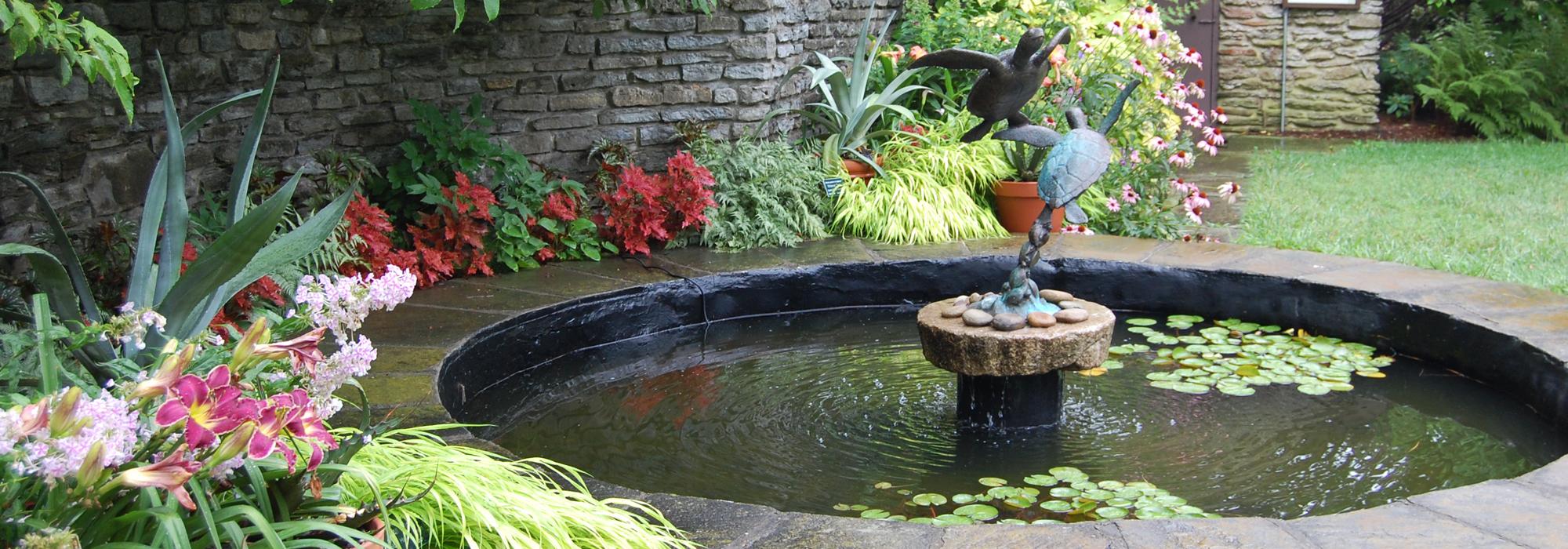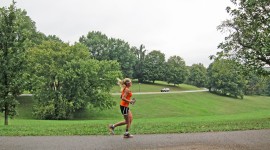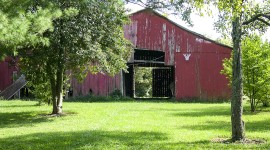City Shaping, Change and Continuity
The renaissance of U.S. urban centers is playing out in starkly different ways. While Detroit is contemplating a shrinking of that city through wholesale demolition of historic neighborhoods, Louisville, Kentucky has opted for a very different approach. It has taken time, resources and most importantly, the dogged persistence of optimists, some with whom I recently spent time.
Louisville has traditionally celebrated its civic-ness and patronage, going back to the 19th century when the Salmagundi Club first brought in Frederick Law Olmsted, Sr. (designer of New York's Central Park). I've been visiting the city for nearly 30 years and have gotten to know not just the large parks designed by Olmsted, Sr. - Cherokee, Iroquois and Shawnee - but the whole park system - including 18 neighborhood parks, playgrounds, and squares; six parkways, and a diverse collection of residential subdivisions, institutional and religious properties all designed by Olmsted and his successor firm. In fact, Louisville and Rochester, New York, are the only American cities where all three Olmsteds (Sr., Jr., and John Charles) designed the park systems, and the Olmsted firm remained engaged in Louisville projects until the late 1950s. (My foundation produced a Web-based program, City Shaping: The Olmsteds & Louisville).
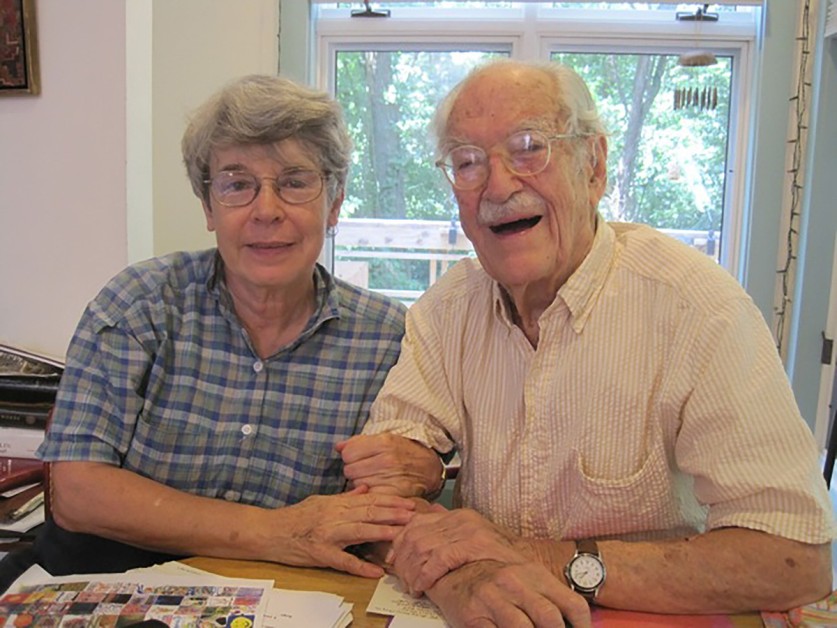
In 1982, the city celebrated the opening of the Michael Graves-designed Humana Building, but elsewhere there was decline: the park system was ill maintained; the Mies van der Rohe-designed American Life Building, which opened nine years before Humana, was hurting for tenants; Fourth Street, a critical north-south spine in the city, had been closed to vehicles a decade earlier and covered over with a Galleria; and, a downtown waterfront park on former industrial land had yet to be conceived.
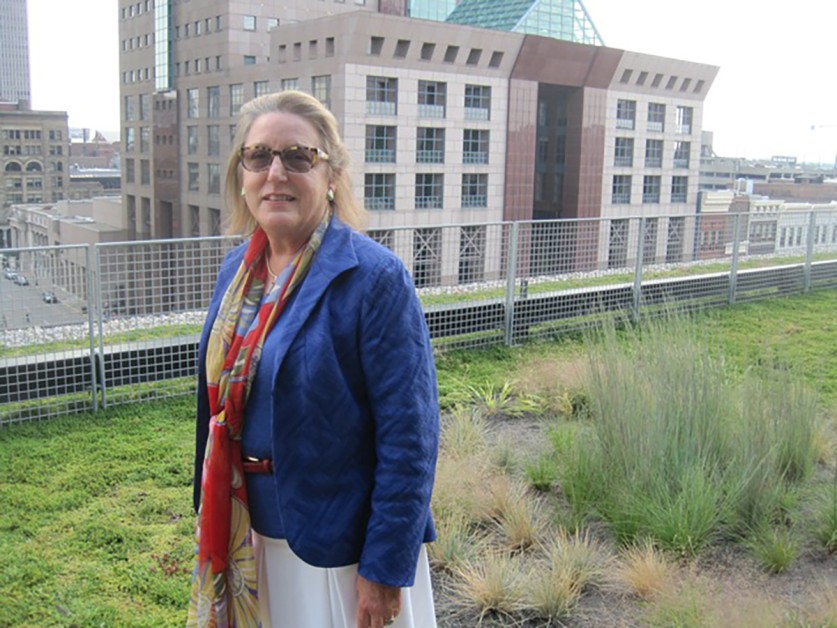
In Louisville last week I interviewed 94-year old Grady Clay for an upcoming feature in Landscape Architecture magazine, where he was executive editor from 1960 to 1983. Clay has lived most of his life in that city and was also an urban affairs editor and a real estate editor for The Louisville Courier-Journal. Clay is not a landscape architect, but his outsider status didn't hinder his insights into the profession. He taught Louisvillians and landscape architects how to see and value the American landscape from urban to rural, in all of its rich, glorious, and at times messy manifestations. Perhaps most importantly, Clay understood the idea of continuity and change, meaning the past can inform and be integrated into the future versus a tabula rasa clear-cut planning approach.
Clay's message clearly had traction in Louisville. First, the American Life building, where I met the estimable Nancy "Nana" Lampton (more on her in a moment), now has a green roof. The once severed Fourth Street has been reopened, and along the Ohio River, the second phase of a 120-acre park by Hargreaves Associates has reclaimed much of the city's waterfront, offering spectacular views and a nurturing riparian habitat.
In 1969, then 26-year old Lampton, now Chairman and CEO of Hardscuffle, Inc., the parent of American Life and Accident Insurance Company, persuaded her father to hire Mies van der Rohe. Her steadfastness returned the luster to this Mies-ian jewel box and last week, in her fifth floor office, she spoke passionately about the new green roof and the horticultural experiments going on there. She aims to inspire other downtown business leaders and developers to do the same.
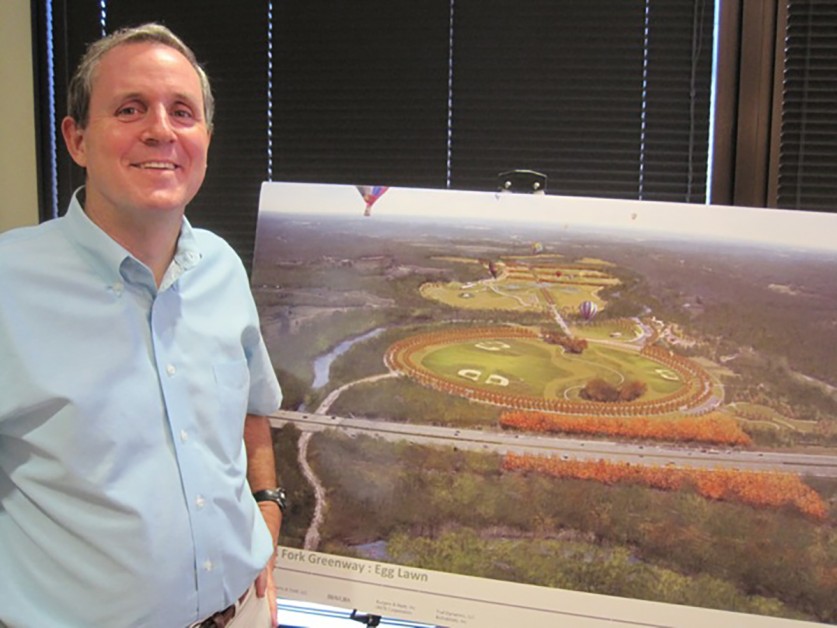
Dan Jones, located in the same building, is Chairman and CEO of 21st Century Parks, a non-profit founded in 2005. In the past five years, the organization has raised $100 million dollars to build a proposed 3,200-acre, 19-mile long park system called The Floyds Fork Greenway (also know as The Fork)- an interconnected network of parks and greenways nestled into a habitat-rich ecological system. Just like Olmsted's 19th century system, The Fork offers Louisvillians unique recreational and interpretive opportunities for its emerging communities as development continues east and south.
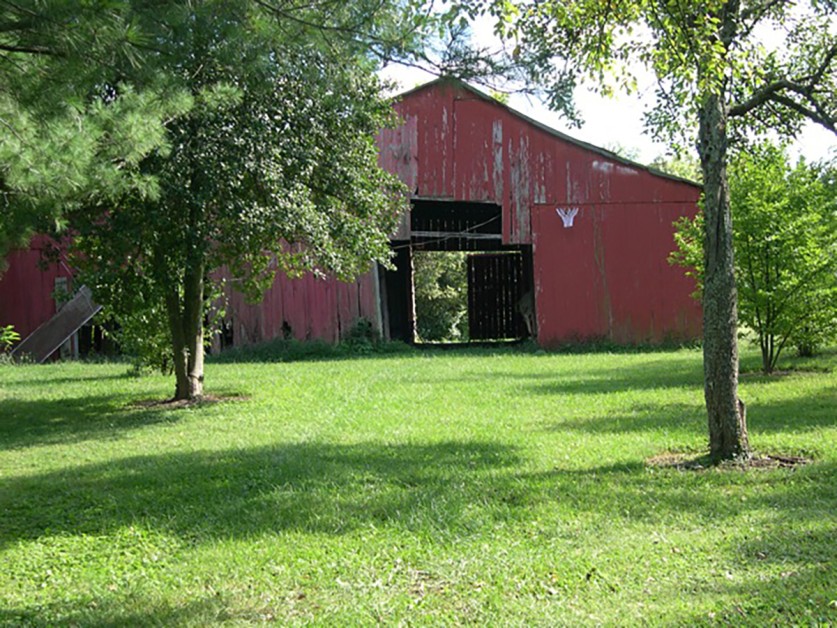
Just north of the city, in Crestwood, sits the former nursery of Theodore Klein, who passed away in 1998. It was the center of a robust ornamental-plant business from World War II until he retired in the 1970s. In 2001 a few civic-minded volunteers told me of their plans to transform the old nursery into a botanical garden - a center of energy in this rapidly suburbanizing area. This would be done through the lens of Klein and his legacy, but would also be forward thinking. I didn't think it possible; the barns were falling down, invasive vines choked the evergreens, and the Cotswold-style fieldstone buildings had failing systems and roofs.
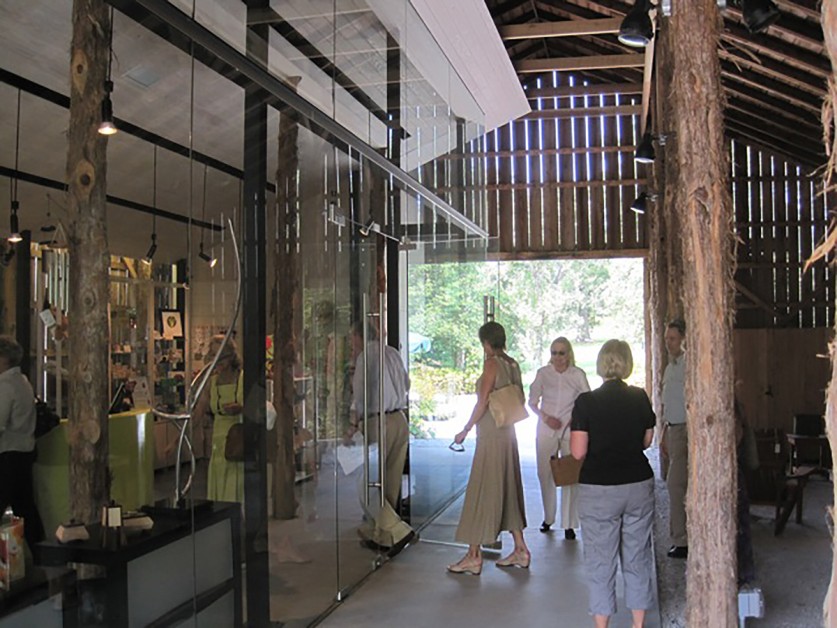
Today that old nursery is Yew Dell Botanical Gardens. Newly transformed, an original tobacco barn that was barely standing a decade earlier today serves as its gateway entrance. What I encountered made me weak at the knees, a dignified and symphonic conversation between the past, present and future. The new glass pavilion within the old barn alone is one of the more intelligent and exciting designs I've encountered, and deserves awards.
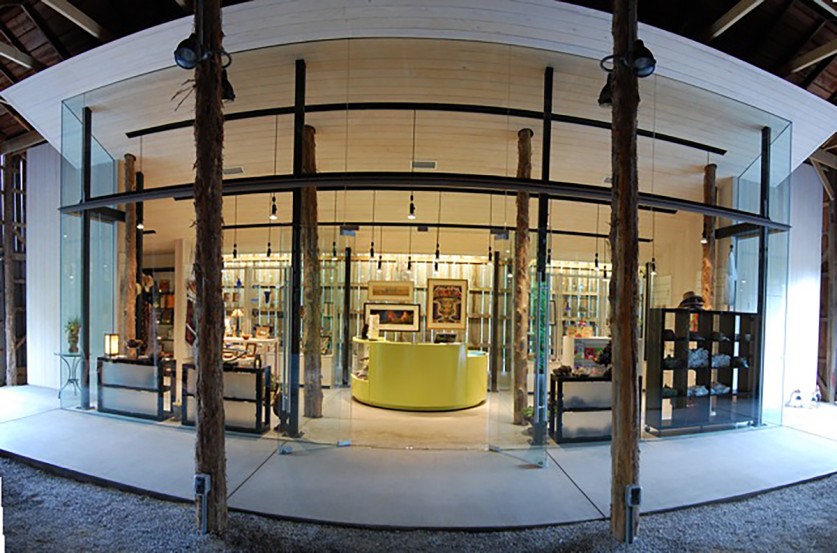
The committed and site-specific transformation of Louisville's past counts Clay amongst its earliest advocates. In a 1954 article for the Courier-Journal entitled "Another Landmark Bites the Dust," Clay wrote, "Everybody's for history - except when it gets in their way." He summarized the general attitude at that time: "Since it DOES get in our way--reminding us of obligations, inheritance, customs and other impediments--then the hell with it."
Thankfully, that's not the attitude of Nana Lampton, Dan Jones, Yew Dell director Paul Cappiello and many others in Louisville. I think that Grady's cautions and quests have found a new generation of interpreters and custodians.
This Birnbaum Blog originally appeared on the Huffington Post website on August 26, 2010.



